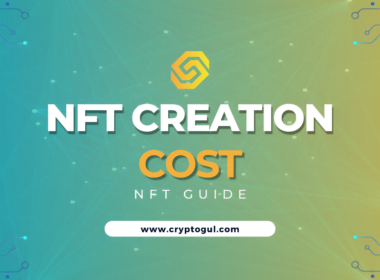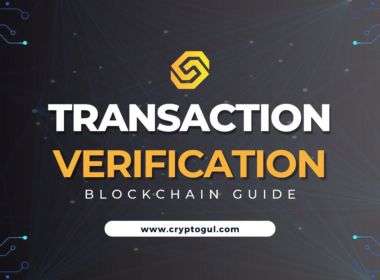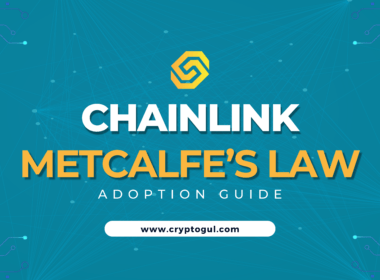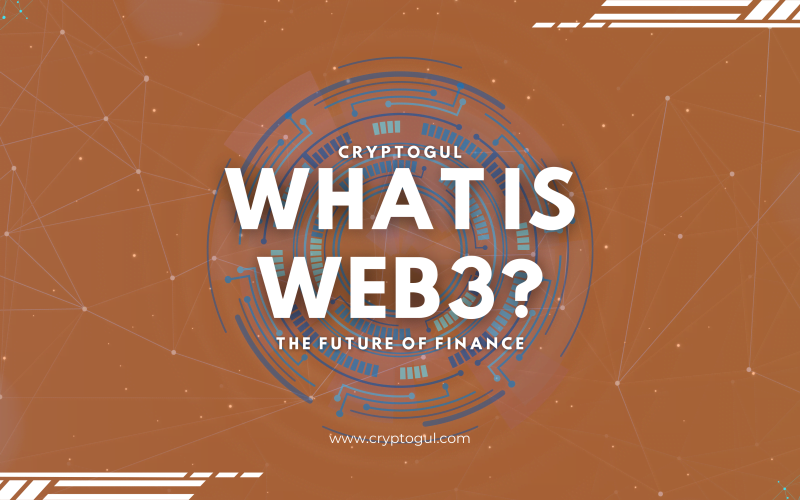Hey there, future Web3 mogul! 🚀 Ever wondered how the next generation of internet companies will fill their digital piggy banks? You’re in the right place to get all the details.

What Even is Web3?
Before we dive into the money-making magic, let’s clarify what Web3 is. It’s the next evolution of the internet, built on blockchain technology. Unlike the traditional internet, Web3 is decentralized, meaning no single entity controls it. This decentralization gives you, the user, more control and ownership over your own data.
- Web1.0: Static web pages, just information.
- Web2.0: Social media, interactive sites, but centralized control.
- Web3.0: Decentralized, blockchain-based, user-controlled.
Suggested Read: What is Web3? A Simple Guide for Newbies
The Old Ways: How Web2 Companies Make Money
To understand how Web3 companies will make money, let’s first look at how traditional Web2 companies do it. Companies like Google, Facebook, and Amazon primarily make money through:
- Ads: They show you ads and get paid by advertisers.
- Data: They collect your data and sell it.
- Subscriptions: You pay for premium services.
Web3 is flipping the script by giving power back to the users. Instead of profiting off your data, Web3 lets you own and monetize it yourself.

The New Kids on the Block: Revenue Models in Web3
Alright, let’s get to the good stuff. How are Web3 companies planning to revolutionize the way we do business?
Tokenomics: The Heart of Web3
Tokenomics is the economic model that powers many Web3 companies. It’s like the circulatory system but for a decentralized body. Let’s delve into how these tokens aren’t just digital assets but revenue generators.
How They Make Money
- Initial Coin Offerings (ICOs): Companies issue their own tokens and sell them to raise capital.
- Transaction Fees: Some tokens facilitate transactions, and a small fee is collected.
- Staking: Users can “stake” or lock up their tokens to earn rewards, and the company takes a small cut. Staking helps secure the network and validate transactions.
Types of Tokens
- Utility Tokens: Used to access a specific service.
- Security Tokens: Represent ownership in an asset.
- Governance Tokens: Give holders the power to make decisions.
NFTs: More Than Just Digital Art
NFTs, or Non-Fungible Tokens, are unique digital assets that have taken the world by storm. But they’re not just digital art; they can be anything unique. Let’s look at the types first and then dive into how they’re a goldmine for Web3 companies.
Types of NFTs
- Collectibles: Digital trading cards, pets.
- Virtual Real Estate: Own a piece of digital land.
- Membership: Exclusive access to content or services.
How They Make Money
- Minting Fees: Creating an NFT involves a “minting” fee, which goes to the platform.
- Marketplace Commissions: When NFTs are bought and sold, the platform takes a commission.
- Exclusive Content: Some NFTs unlock special content, creating another revenue stream.
Suggested Read: What are NFTs? The Ultimate Beginner’s Guide
Decentralized Finance (DeFi): Your Bank, but Way Cooler
Imagine a bank where you’re the boss, and there are no annoying fees hidden in the fine print. Welcome to DeFi, the financial system where you call the shots. But how do these platforms make money if they’re giving all the power to you? Let’s break it down.
How They Make Money
- Transaction Fees: Picture this—you’re swapping Bitcoin for Ethereum. A tiny slice of that action? It goes to the platform. It’s like a tip for the bartender, but for your crypto transactions.
- Liquidity Pools: Ever heard of high-yield savings accounts? Well, this is the crypto version. You provide the funds, and you get rewards. But the house takes a small cut, of course.
- Interest Rate Spread: Think of this as the DeFi version of your bank’s loan department. People borrow, people lend, and the platform skims a little off the top. Simple, right?
Types of DeFi Services
- Lending and Borrowing: Want to be the bank? Lend your crypto and watch the interest roll in.
- Exchanges: Swap one crypto for another. Just like a currency exchange at the airport, but without the bad rates.
- Insurance: Yep, you can even insure your smart contracts. Welcome to the future.
Freemium, But With a Blockchain Twist
You know those mobile games where you can play for free but pay to get the cool stuff? That’s the freemium model, and it’s got a blockchain makeover. Let’s see how this isn’t just another “insert coin to continue” scheme.
How They Make Money
- Subscription Fees: Imagine getting VIP access to a club, but the club is a cool Web3 service. You pay in crypto, and you’re in the inner circle.
- In-App Purchases: Want a new avatar that’s out of this world? Or maybe some extra storage for your digital collectibles? That’s another way these platforms make money.
- Ads: But wait, there’s more! Even in this decentralized world, ads exist. The difference? You choose to see them, and they’re way less annoying.
Freemium Models
- Basic: Think of this as the guest list. You’re in the club, but you can’t go to the VIP area.
- Premium: This is the backstage pass, the all-access ticket. More features, more fun, and yes, it costs a bit of crypto.

The Pros and Cons: Is Web3 the Future or Just Hype?
Web3 is like that new kid in school who’s super cool but also kind of mysterious. Let’s spill the tea on what makes Web3 awesome and what keeps it from being the prom king or queen.
| Pros | Cons |
|---|---|
| User Empowerment: You’re not just a user; you’re a stakeholder (literally, if you’re into DAOs like Aragon). | Complexity: There’s a learning curve, folks. DeFi isn’t exactly Finance 101. |
| Transparency: Everything’s out in the open, like open-source projects such as Ethereum. | Scalability Issues: Ever heard of gas fees on Ethereum? Yeah, they can be a buzzkill. |
| Innovative Revenue Models: Play-to-earn in games like Axie Infinity? Count us in! | Regulatory Uncertainty: The SEC isn’t too sure about this new kid, so tread carefully. |
F.A.Q
How do Web3 companies make money?
They’ve got a bag of tricks: Tokenomics, NFTs, DeFi, and even Freemium models with a blockchain twist.
What is Tokenomics?
It’s the financial wizardry that makes tokens more than just digital trinkets. They power entire ecosystems.
Are NFTs only for digital art?
Nah, they can be anything unique—like a virtual ticket to an exclusive event or even a piece of digital real estate.
What is DeFi?
It’s like your bank got a blockchain degree. Swap, lend, borrow, and even insure—without the middleman.
What are the advantages of Web3 over Web2?
Web3 is all about you. It’s more transparent and gives you more control. But hey, it’s not perfect. There are challenges like getting your head around it and dealing with scalability issues.
So, there you have it, folks! Web3 isn’t just a buzzword; it’s a game-changer. If you’re as pumped about this as we are, the future’s looking like a sci-fi novel—in a good way. 🌟
Suggested Read: How to Get Started with Web3
Catch you in the next one! ✌️








